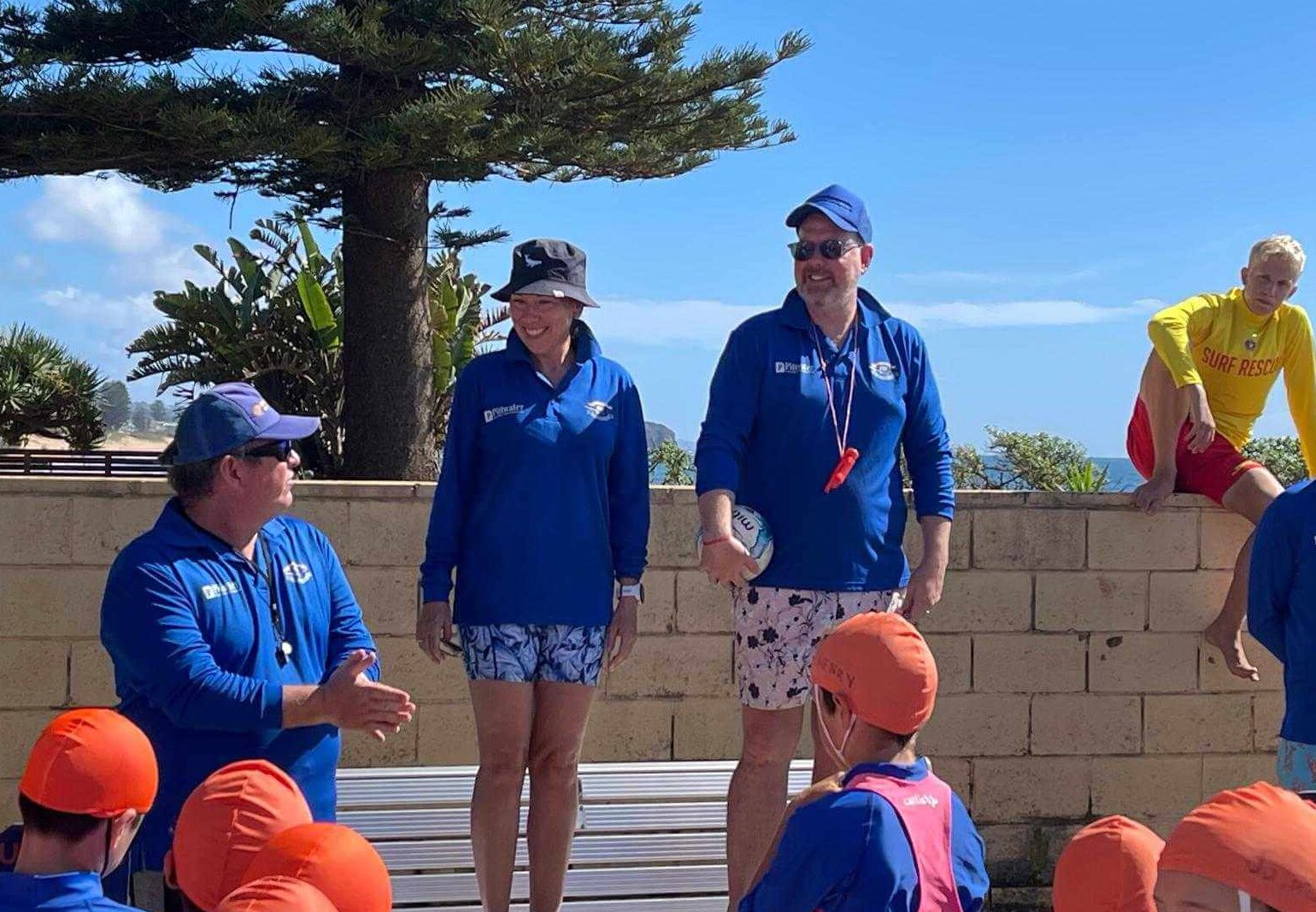The Ocean is for Everyone
I grew up on a small island, never more than a couple of hours from what my mum called “the edge.” On certain days, when the mood in our house felt heavy, she’d say, “We need to go to the edge today.” We’d stride out across the vast, windswept beaches of North Norfolk under endless skies. Sometimes, the tide would be so far out it felt like a pilgrimage just to reach the water. The English weather always played its part, and we’d return home rosy-cheeked, soaked but lighter. Whatever weighed us down was left behind, washed away by the magic of being by the ocean.
That magic has stayed with me. The ocean is restorative, grounding and powerful—a force that commands respect.
Today, I live on the world’s biggest island, deliberately staying close to the edge. Travelling inland during my 20s, I discovered how deeply I needed it. The farther we ventured into Australia’s vast interior, the more I felt crushed by the expanse, desperate to return to the coast. Agoraphobia, perhaps—or just the pull of the ocean.
Eighty-five percent of Australians live within 50 km of the coast – we are predominantly coastal people. Yet, we don’t always recognise how deeply the sea shapes our identity. For many, it’s simply there—free, accessible, inclusive. The classic red and yellow Australian institution, surf lifesaving clubs, embody this connection, fostering respect for the ocean while teaching safety and awareness. Programs like Nippers introduce children to the ocean’s beauty and risks.
During the summer, I volunteer as a Nippers Age Manager at South Narrabeen Surf Life Saving Club. My Sundays are a whirlwind of sand, salt and sea as I guide under-6s and under-7s through lessons on beach safety, respect for the ocean and for each other. From brushing sand out of little eyes to cheering their wins in the flag pit, it might look like chaos. But amidst the laughter and waves, these kids are building confidence and a lifelong connection to the ocean—a quintessentially Australian rite of passage.
In recent years, our surf club has become a vibrant hub for families from across Sydney’s diverse cultural landscape, including those making the long (by Sydney standards) journey from the western suburbs to ensure their children gain vital surf safety skills. It’s heartening to see this rich mix of families sharing the beach, their children racing across the sand, perhaps unaware they’re being quietly infused with the ocean’s magic and spirit.
One Sunday stands out: the annual visit from the Bush to Beach program. Each year, up to 50 kids from Brewarrina and other far-west NSW communities make the 12-hour journey to Sydney’s Northern Beaches. For some, it’s their first glimpse of the ocean. Over three days, they learn water safety, CPR and basic first aid, they try surfing, snorkeling and immerse themselves in a world completely different from home.
Brewarrina, a small town of just over 1,100 people on the Barwon River, has deep cultural roots as a gathering place for many First Nations peoples. Its National Heritage-listed fish traps – at 40,000 years old these are the oldest man made structures on Earth – are a marvel of ingenuity. Yet, the town faces significant challenges: isolation, extreme weather and limited opportunities. Bush to Beach was started to give young people from the area a chance to see new places, make new friends, build confidence and self-esteem.
The annual trip is a reward for school attendance and since the program began, 600 plus children from north west NSW have attended a Bush to Beach camp. As a result, Brewarrina and surrounding areas have reported a reduction in truancy with the positive effects of this rippling through the wider community.
Watching their unbridled joy as the children splashed in the surf was unforgettable. For hours, they laughed and played, facing hefty Narrabeen waves with fearless enthusiasm (and under the expert guidance of our surf lifesaving volunteers!). Their endless energy would leave the most seasoned endurance athlete behind!
Meeting these children and their carers was equally valuable for our club and regular families. Hearing stories of their remote homes and learning a little about their culture gave us a deeper appreciation of their lives—and our privileges. For First Nations communities, the challenges are stark: Indigenous households are two to three times more likely to experience poverty, life expectancy is eight years shorter and incarceration rates are alarmingly higher. Programs like Bush to Beach are a small but significant bridge to opportunity and hope.
That’s me in the centre, at the recent Bush to Beach event.
As we said goodbye to our visitors, I was filled with gratitude—for the ocean and all it gives us, and for the chance to share its magic with those who might otherwise never experience it. Tim Winton once wrote, “When I was lonely, confused and angry, the ocean was always there, a vast salty poultice sucking the poison from my system.” That great poultice, as our friend and patron Tim Winton calls it, has a gift for everyone. Gifts that should be shown respect, gratitude and never ever taken for granted.
The ocean doesn’t belong to us; if anything, we belong to it. It is not ours to exploit but to fiercely protect from those who seek short-term gain at its expense. When we immerse ourselves in the sea—taking nothing from it, respecting its power, never turning our back on the waves—it gives us something in return. It offers freedom, weightlessness, connection and joy. It washes away worries and restores the soul. Programs like Nippers and Bush to Beach remind us of the ocean’s unifying power, its ability to bring together people from all walks of life.
The ocean is for everyone. It’s up to all of us to ensure it remains a place of discovery, joy and plenty for generations to come.

